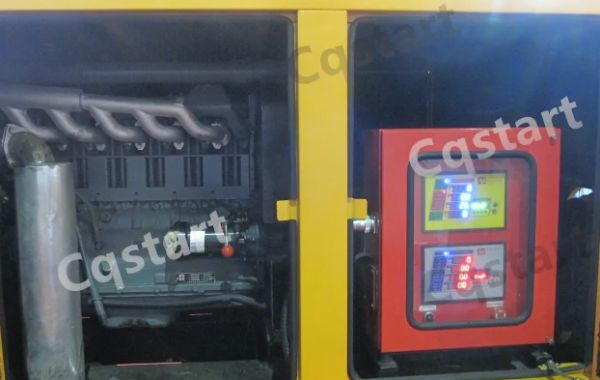When it comes to emergency starting devices, spring starters stand out as the top choice in critical fields like maritime, emergency rescue, and industrial applications. But what makes them so effective in these high-pressure situations? The answer lies in their unique advantages.
Unlike other starting devices, the spring starter offers a highly reliable solution for starting equipment, particularly when power is unavailable or when the battery fails. This ensures that vital equipment can start smoothly when it matters most.
Why Spring Starters Are Ideal for Emergency Starting
1. No External Power Source Needed
One of the key advantages of a spring starter is that it operates without needing an external power source. This means it works seamlessly during power outages or when the battery is low or dead. This feature makes spring starters particularly well-suited for remote locations or areas with unstable power supply, where conventional power-dependent devices may fail.
2. Simplicity and Low Maintenance Costs
Spring starters have a straightforward design with no complex electronic components, reducing the risk of failure. Their simple construction not only enhances reliability but also results in low maintenance costs, making them a cost-effective solution over the long term.
3. Exceptional Reliability
Spring starters are engineered for high reliability, ensuring dependable performance even in tough conditions. Whether it's freezing temperatures, high humidity, or harsh environments, the spring starter continues to provide excellent results, making it an ideal choice for emergency situations.
In summary, spring starters offer a powerful, cost-effective, and highly reliable solution for emergency starts, making them indispensable in various critical industries. Whether you’re dealing with a power outage, battery failure, or extreme conditions, a spring starter ensures your equipment will start when you need it the most.







